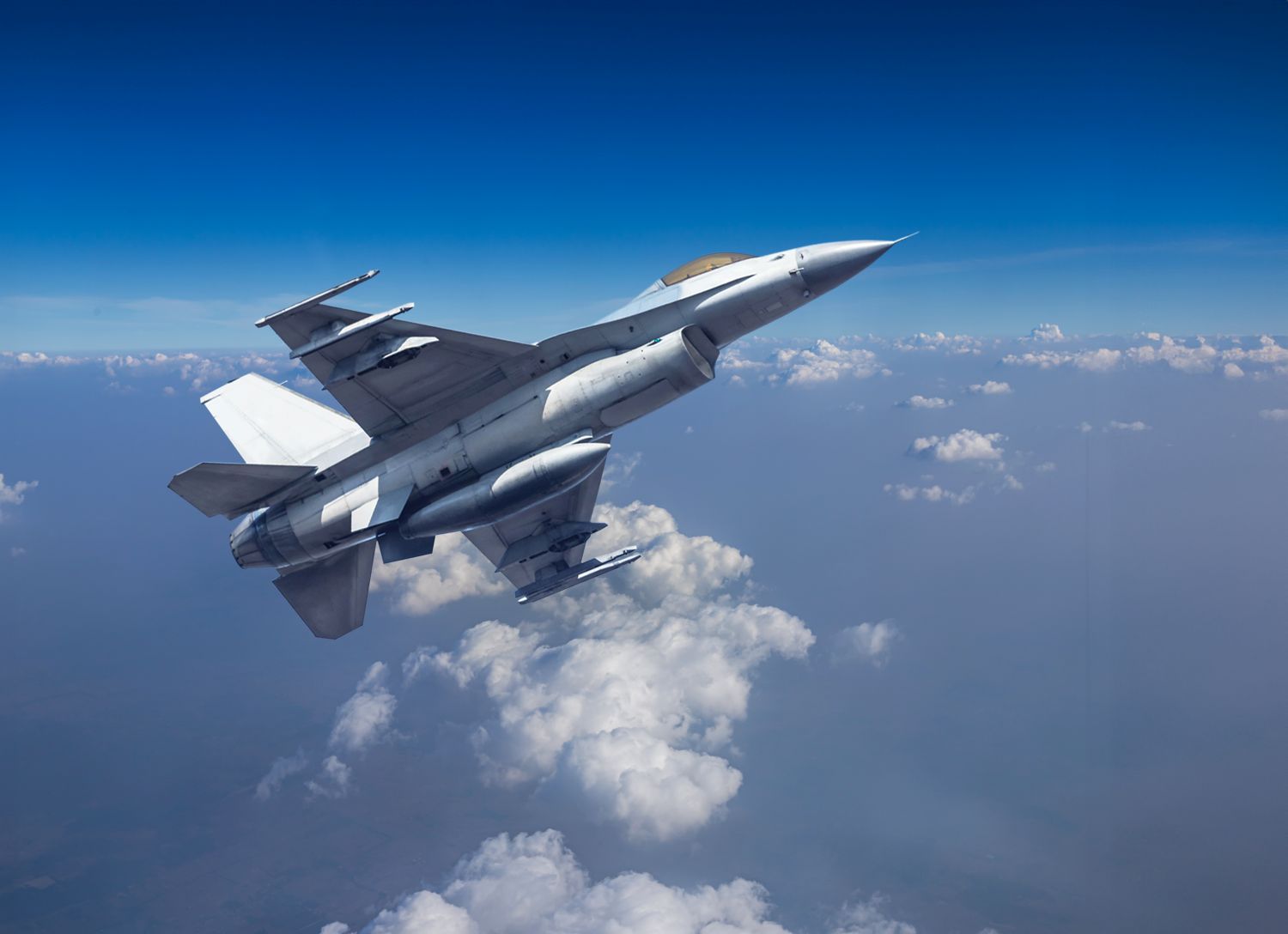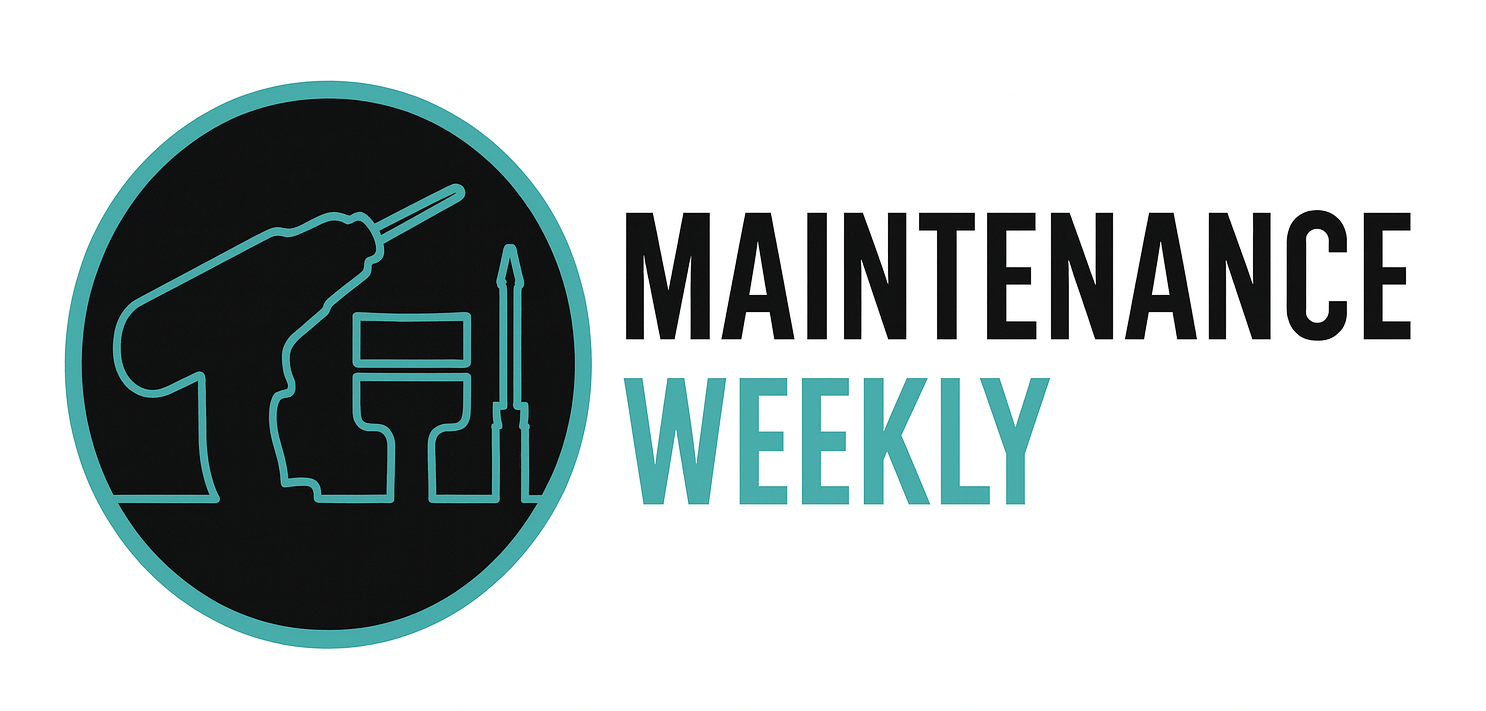Military vs. Civilian Maintenance Careers
Aircraft maintenance is a critical field in both military and civilian sectors, ensuring the safety and efficiency of aircraft operations. While both career paths offer valuable opportunities, they differ in terms of work environment, training, career progression, and benefits. Understanding these differences can help aspiring technicians choose the right path for their skills and ambitions.
1. Training and Certification
- Military Maintenance Careers: Military aircraft maintenance training is provided through rigorous programs tailored to specific aircraft used by the armed forces. Technicians receive hands-on experience with military-grade equipment and may obtain certifications that can later be transferred to civilian aviation roles.
- Civilian Maintenance Careers: In the civilian sector, technicians typically attend FAA-approved Aviation Maintenance Technician Schools (AMTS) or apprenticeships to earn an Airframe and Powerplant (A&P) certification. This certification is essential for working on commercial and private aircraft.
2. Work Environment
- Military: Maintenance technicians in the military often work in high-pressure environments, including overseas deployments, extreme weather conditions, and combat zones. They maintain fighter jets, transport aircraft, and helicopters under strict operational schedules.
- Civilian: Civilian technicians work in commercial airlines, private maintenance facilities, or corporate aviation. The environment is typically more structured, with scheduled maintenance based on airline operations rather than mission-critical repairs.
3. Career Progression
- Military: Career advancement in the military follows a structured ranking system. Promotions depend on experience, training, and leadership abilities. Many technicians transition into supervisory roles or move into related fields such as aviation safety and logistics.
- Civilian: In the civilian sector, career progression depends on certifications, experience, and specialized skills. Technicians can advance to roles such as lead mechanic, maintenance supervisor, or inspector, with opportunities to move into aviation management.
4. Benefits and Job Security
- Military: The military offers job security, housing allowances, healthcare, and retirement benefits. However, service commitments and deployments can be challenging for family life.
- Civilian: Civilian aviation maintenance careers offer competitive salaries and benefits, but job security may fluctuate based on airline demand and economic conditions.
5. Transition Opportunities
Many military maintenance technicians transition to civilian aviation after completing their service. Military experience is highly valued, and veterans often have an advantage when applying for jobs in commercial aviation or aerospace manufacturing.
Conclusion
Both military and civilian aircraft maintenance careers offer unique advantages and challenges. Those seeking structure, benefits, and hands-on training may find the military path appealing, while individuals looking for flexibility, steady career progression, and specialization may prefer the civilian sector. Understanding these differences can help technicians make informed career choices that align with their goals.
